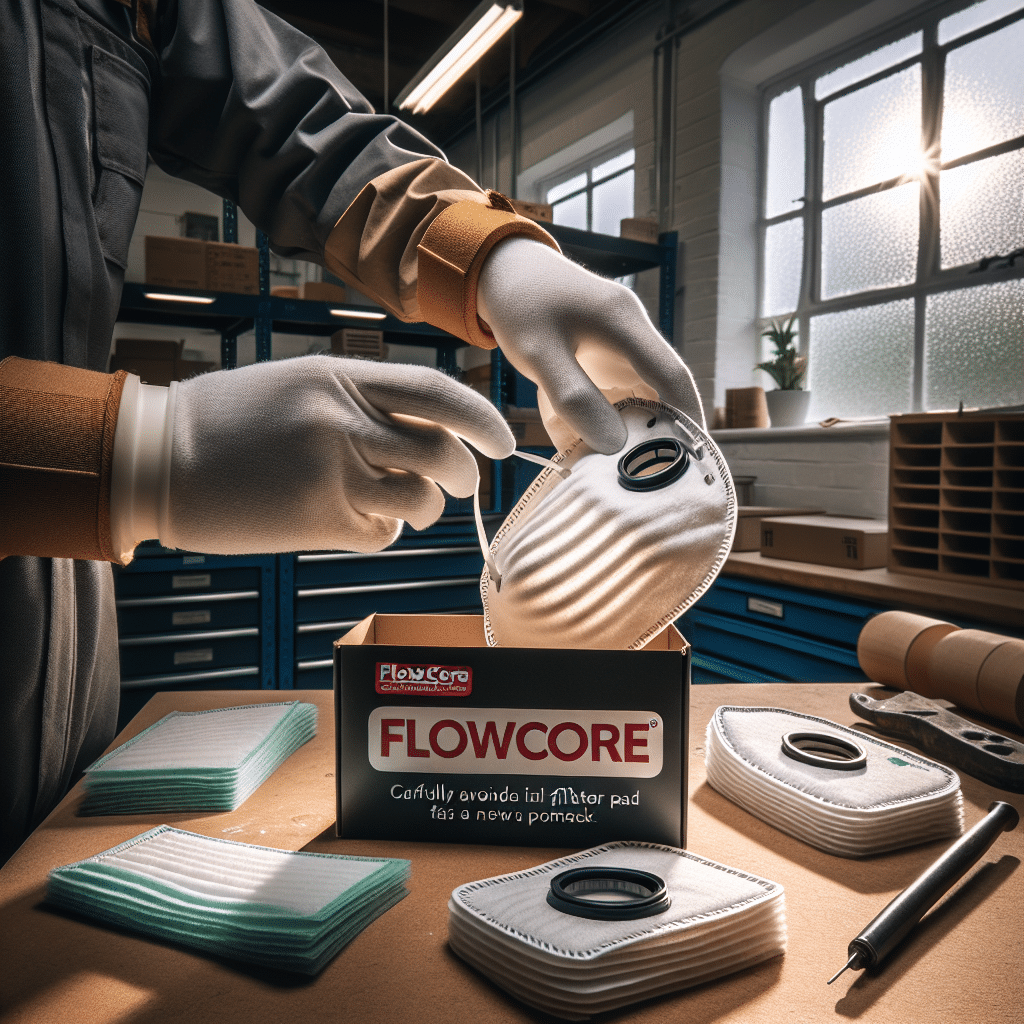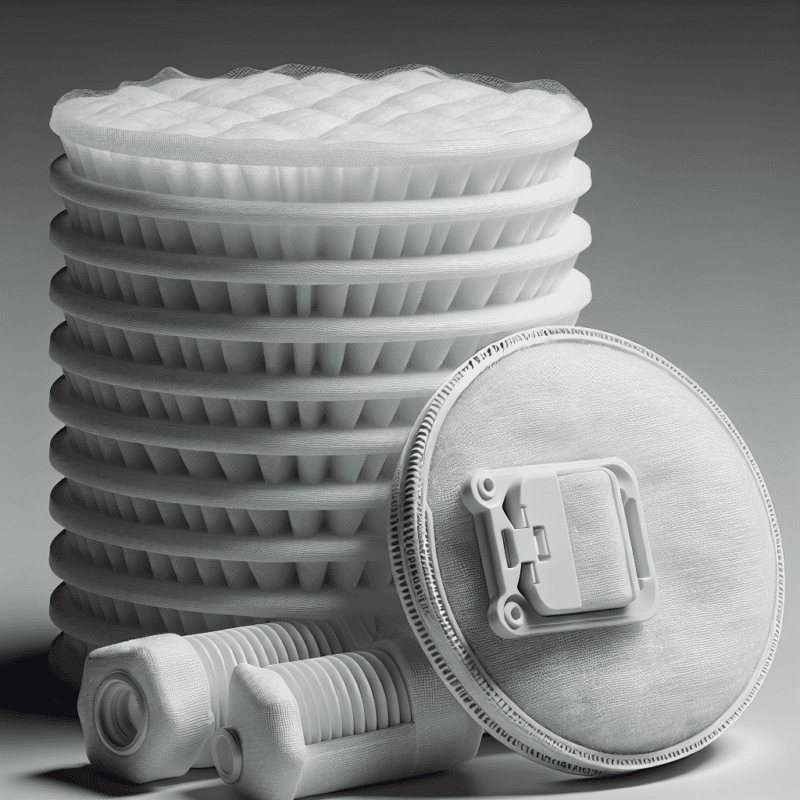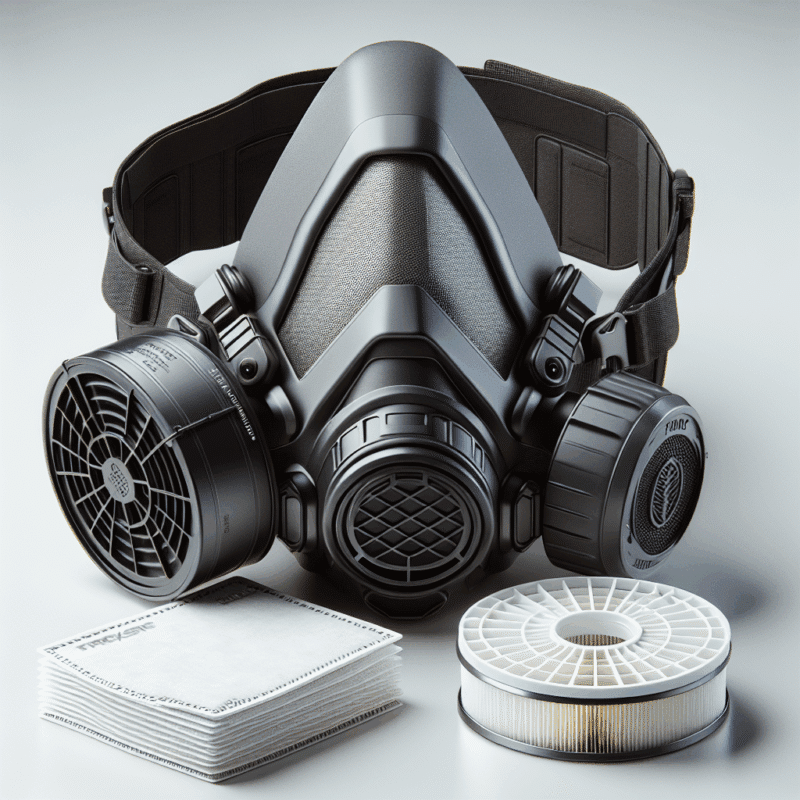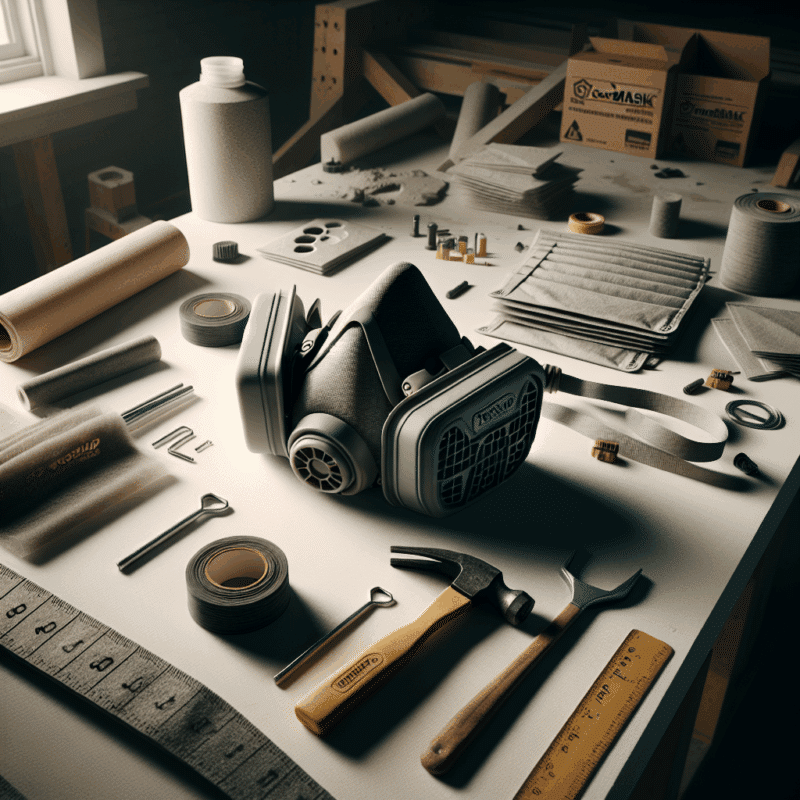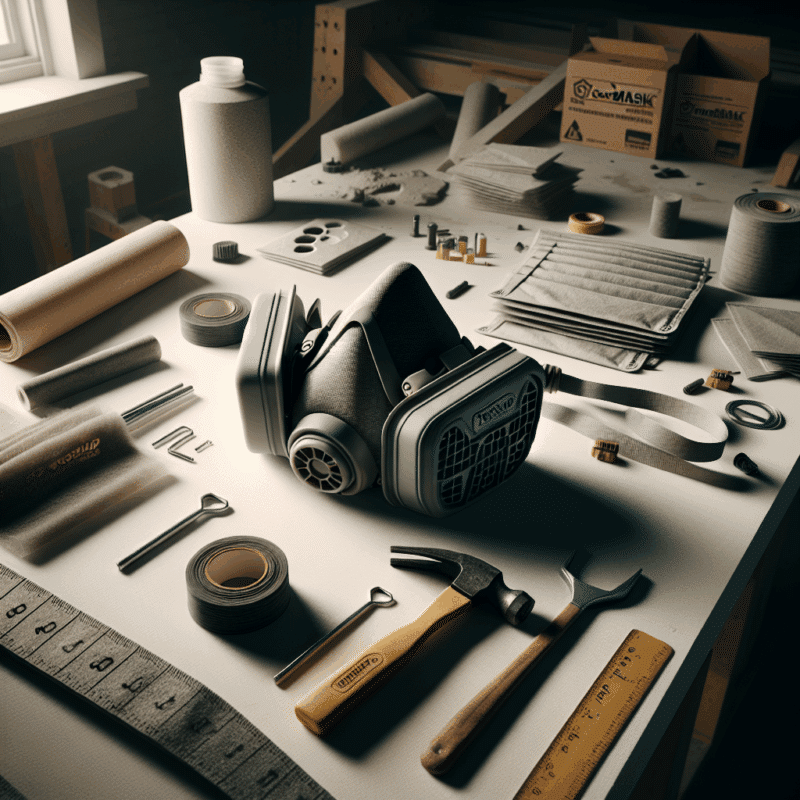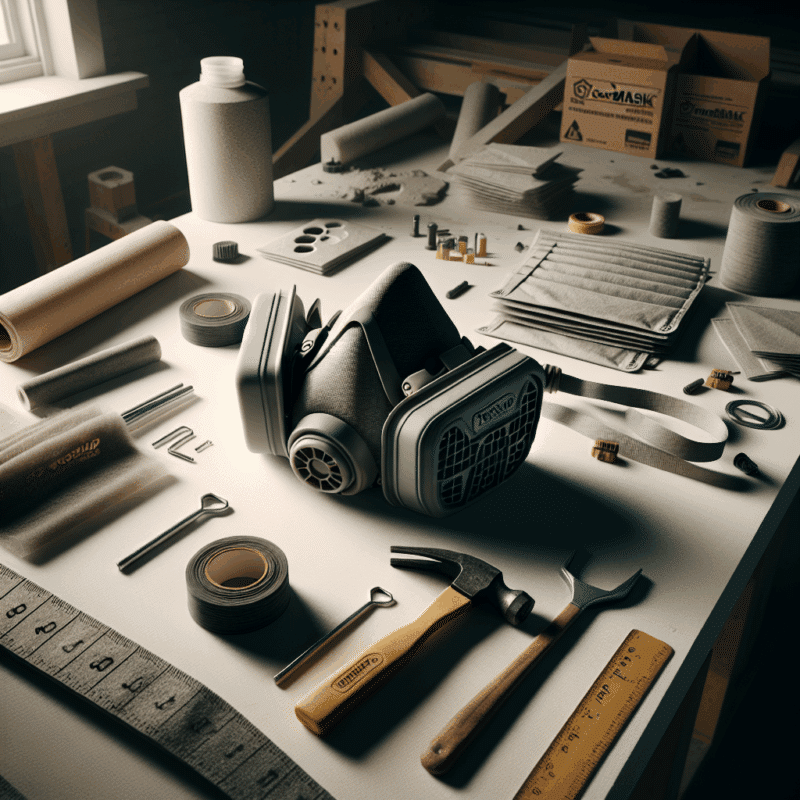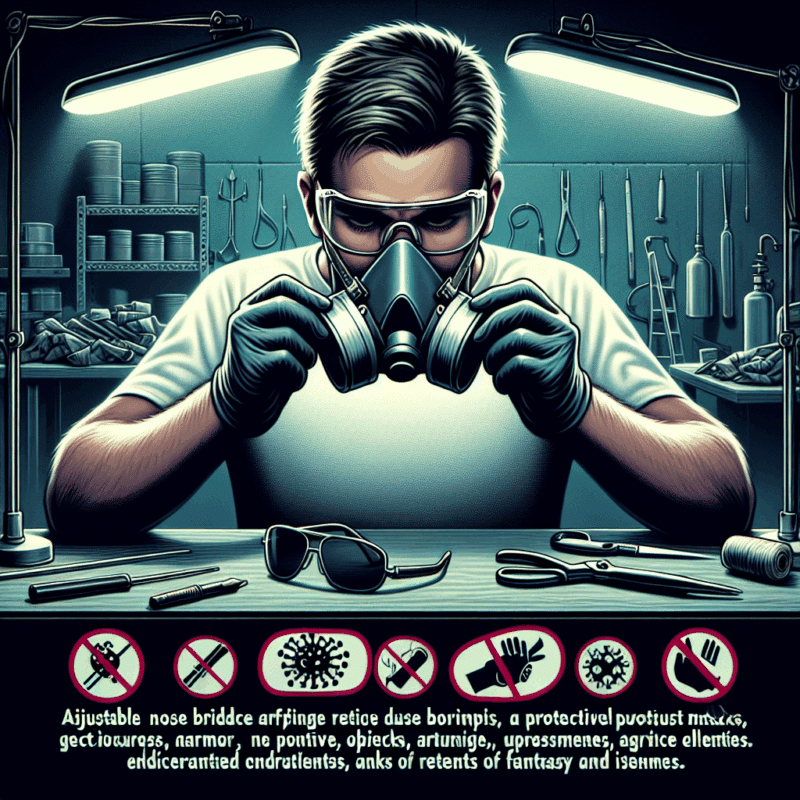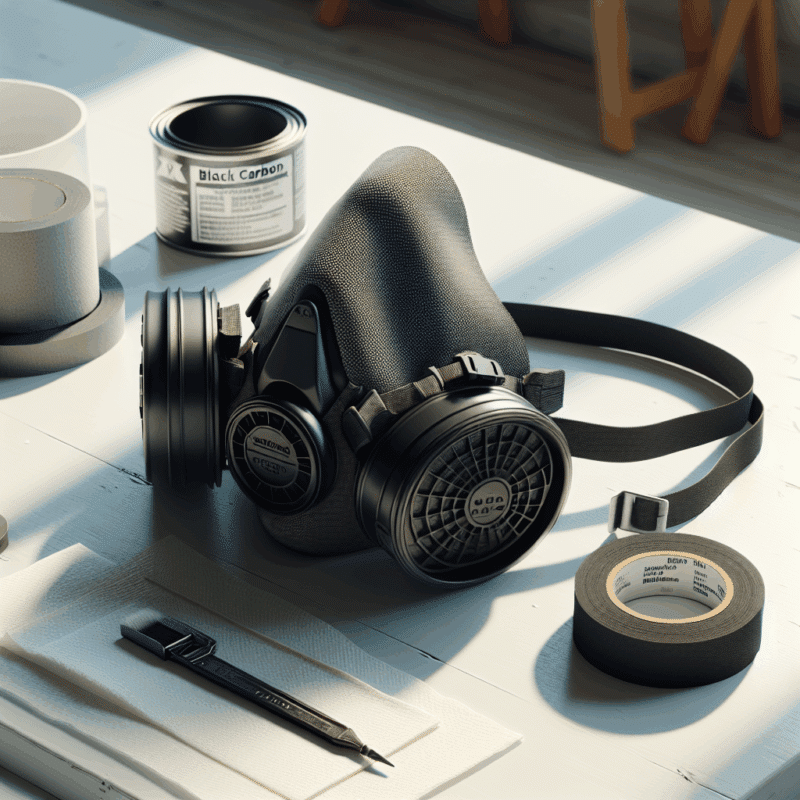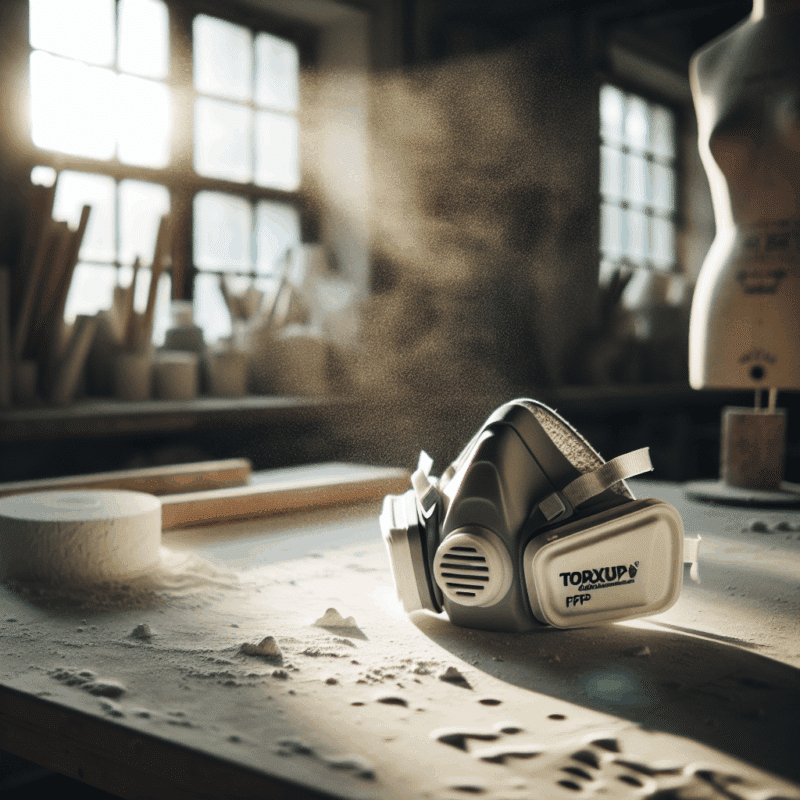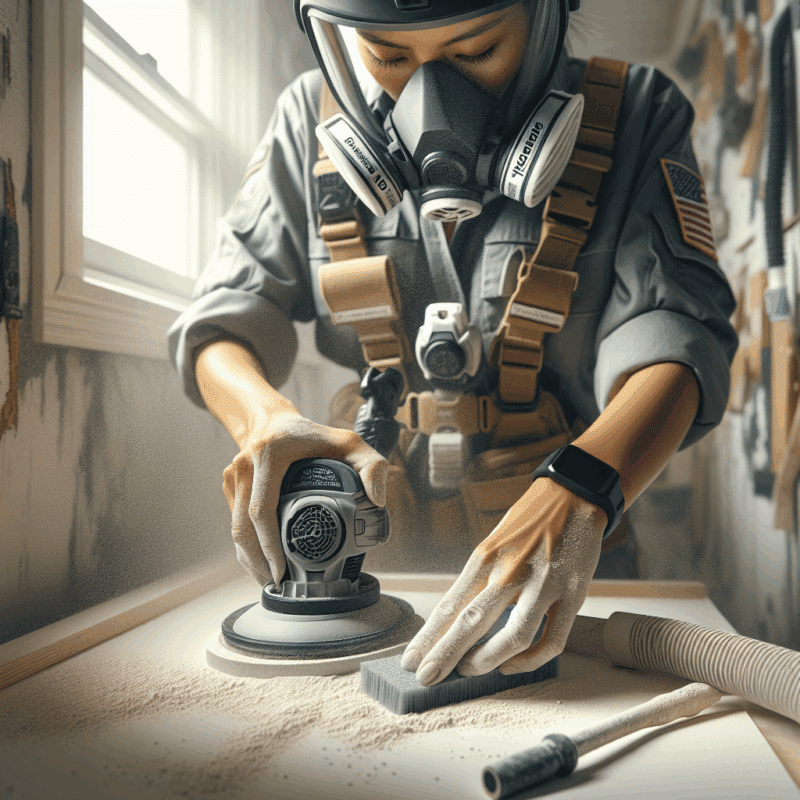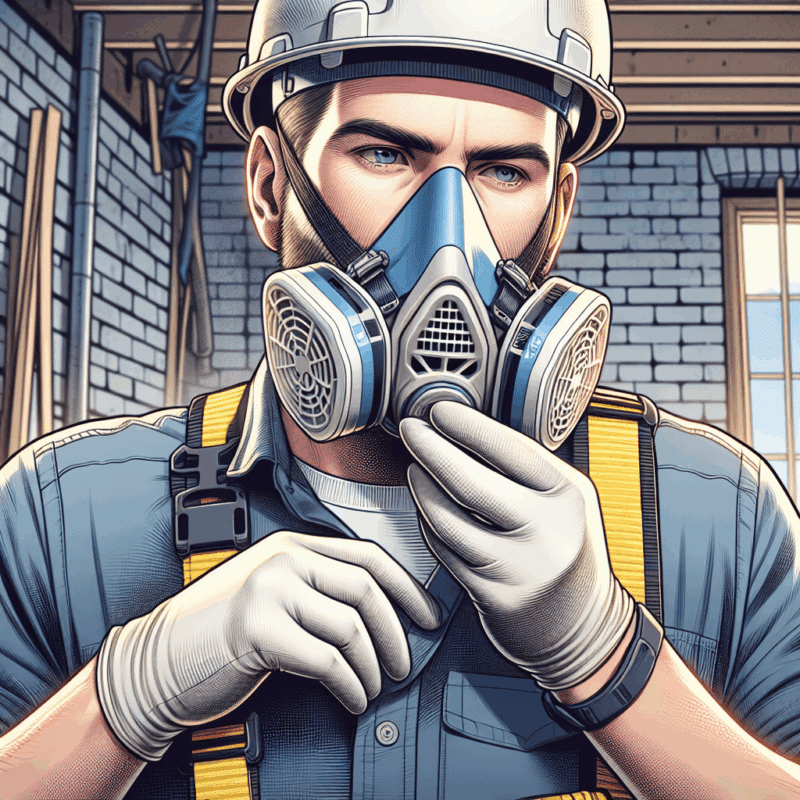When to Replace Dust Mask Filters UK: FlowCore Pad Guide
In This Article
- Replace FlowCore dust filters every 28 days or sooner depending on exposure.
- Watch for breathing difficulty, odour, or discolouration as signs to replace.
- Never reuse filters—single-cycle use only for maximum safety.
- Always buy genuine filters from Torxup-authorised UK dealers.
- Fit each replacement using sterile hands and follow the five-step method.
- Environmental conditions like humidity and chemicals will cut filter lifespan.
- Store filter pads in airtight, climate-controlled containers for longevity.
Understanding FlowCore Dust Mask Filters
What are FlowCore filters made of?
FlowCore dust filters from Torxup are precision-engineered using advanced, multi-layered filtration technology designed to trap microscopic particulates, gases, and vapours often encountered in work environments. Each dust mask filter incorporates multiple composite layers, including electrostatic melt-blown fabric and activated carbon, which aid in capturing harmful particles and neutralising toxic fumes. The outer shell is composed of thermally bonded polypropylene that resists tearing and wear, even under harsh conditions.
These filters are specifically tailored for compatibility with the Torxup CoreMask, ensuring both safety and comfort. The design prioritises breathability without compromising filtration efficiency. This is especially crucial for professionals working in high-dust environments such as demolition, woodworking, agriculture, and heavy manufacturing. While disposable in nature, FlowCore filters are not to be mistaken for one-time-use items. Instead, they are durable components requiring timely dust mask filter replacement to ensure optimum protection.

Recommended Replacement Timeline
Why the 28-day rule matters
Torxup recommends replacing FlowCore filters every 28 days or sooner, depending on exposure conditions. Sticking to this 28-day cycle isn’t an arbitrary guideline—it’s rooted in empirical testing and workplace case studies. After consistent use, even the most sophisticated filter begins to degrade in efficiency due to particle saturation. This reduces breathability and increases the risk of micro-particulates bypassing filtration.
Moreover, the outer and inner filter membranes can become a breeding ground for bacteria and moisture retention if not changed regularly. By adhering to the 28-day rule, users preserve not only filtration performance but also maintain hygiene and comfort. People working in high-particulate settings such as masonry or sanding may need to schedule more frequent dust mask filter replacement. This proactive habit ensures continued respiratory protection aligned with occupational health standards.
“Replace mask filters before your breathing is affected—your safety depends on it.”
Top Signs Your Filter Needs Replacing
Recognising the signs of a failing dust mask filter is as important as knowing when to replace it on schedule. The first symptom many users report is increased breathing resistance. If it feels noticeably harder to inhale or exhale through the mask, that filter is likely clogged with particulates.
Another sign includes odour leakage. If you begin to detect chemical or dusty smells that were previously filtered out, it’s likely the activated carbon layer has degraded. Discolouration on the filter surface is also a strong indicator. Brown, grey, or yellow hues show particulate saturation. Finally, condensation buildup inside the mask suggests the filter material is no longer permitting moisture to escape effectively, which impairs both hygiene and comfort.
Don’t wait for these symptoms to become disruptive. Instead, make a proactive habit of inspecting your filter weekly and replacing at the first indication of wear. Maintaining a stock of fresh filters ensures you’re always a moment away from optimal protection.
Can You Reuse FlowCore Pads?
FlowCore pads are designed for single-cycle use and are not intended to be reused. Although some users attempt to prolong filter life by airing out or lightly cleaning the pads, this practice is not endorsed by Torxup or occupational safety guidelines. Reuse compromises the electrostatic and carbon layers, diminishing their efficacy significantly.
Furthermore, exposure to moisture, sweat, and air pollutants creates an environment conducive to microbial growth within the fibres. Once that occurs, even drying the filter does not restore it to its original state. For this reason, it is recommended that each pad undergoes proper dust mask filter replacement according to usage intensity.
If budget is a concern, consider purchasing filters in bulk packs. These are often offered at discounted rates via industrial suppliers, providing cost-effective protection without compromising on safety.
Step-by-Step: How to Replace a FlowCore Filter
Proper filter replacement is a quick yet precise task. Begin by washing your hands or sanitising gloves to avoid contaminating the new pad.
1. Detach the used filter by gently unclipping or unseating it from the Torxup CoreMask. Dispose of it in a sealed plastic bag immediately.
2. Inspect the mask housing for residue or debris. Wipe clean using a damp, lint-free cloth.
3. Align the new FlowCore pad according to the notches on the mask base. Ensure the filter is facing the correct airflow direction.
4. Clip or press the filter firmly into place until it clicks or seals securely. There should be no visible gaps between the mask frame and filter.
5. Test the mask with a few deep breaths to ensure proper fit and airflow.
Following this method ensures each dust mask filter replacement is done cleanly, ensuring safety and extending mask longevity.
Where to Buy Genuine Torxup Filters in the UK
Purchasing only genuine FlowCore filters guarantees performance and compliance with Torxup standards. Avoid counterfeit or generic filters, which may look similar but lack the certified construction quality.
In the UK, genuine dust mask replacements are available from licensed safety equipment distributors and Torxup-authorised resellers. Online platforms like Expert advice on changing respirator filters stock authenticity-verified filtration solutions, often offering next-day delivery across the UK.
For business procurement needs, bulk orders are best sourced through Learn more about Dust Mask and Respirator Maintenance, the official UK Torxup business portal. There, you’ll find full compatibility charts, integrated servicing support, and customer reviews to guide your purchase.
How UK Work Environments Impact Filter Lifespan
Environmental factors drastically affect your dust mask’s filter life. In dry indoor settings, such as warehouses or libraries, filters may approach their full 28-day lifespan. Conversely, construction sites, coastal areas, or metal fabrication zones where particulates pervade will shorten effective use.
Humidity, in particular, accelerates filter degradation. Moisture clogs fine particulate layers, reducing breathability and filtration accuracy. Airborne chemicals—like paint vapours or fuel emissions—also corrode filter material more quickly.
That’s why professionals should adapt their dust mask filter replacement cycle according to environmental assessments, not merely standard guidelines. For example, sandblasting crews may need to swap filters weekly, while office maintenance workers might exceed three weeks safely.
Caring for Your Torxup CoreMask
Caring for your CoreMask ensures each filter functions at peak efficiency. First and foremost, never store the mask while the filter is wet or exposed. Always remove the pad after use and allow the mask shell to air dry.
Clean the mask weekly using mild soap and warm water. Avoid harsh chemicals or industrial cleaners that may damage the sealing surface. Allow all components to dry fully before fitment of a new dust mask filter replacement.
Check the integrity of the seal gasket and straps regularly. A worn strap tension system can undermine filtration effectiveness, even with a fresh filter installed. Replace damaged components immediately with genuine Torxup spares.
Storing Spare Filters Safely at Home or Work
Keeping spares on hand is one of the simplest ways to ensure uninterrupted protection. However, filter storage must be tactical. Never store spare filters in open air, direct sunlight, or humid environments. Instead, use an airtight container or zip-lock bag to retain dryness and prevent dust or insects from contaminating the material.
If storing on-site, use labelled, climate-controlled lockers away from heavy machinery or chemical vapours. At home, a dry drawer or a shelf inside a tool cabinet works well.
For bulk commercial needs, many professionals opt for sealed containers with desiccant packs to retain filter longevity. Expired filters—or those stored improperly—should not be used. Always check packaging dates and rotate inventory as needed.
FAQs Answered by Torxup Experts
Can I extend the usage time of my FlowCore filter?
Torxup advises against extending usage beyond recommended cycles. Prolonged use results in sub-optimal filtration and poses health hazards.
Are Torxup filters compatible with other mask brands?
No. FlowCore filters are exclusively designed for use with Torxup CoreMasks. Using them in other brands voids certification.
What certifications do FlowCore filters meet?
FlowCore filters comply with EN 143 and EN 149 standards, making them CE-marked and suitable for industrial applications across the UK.
Where can I learn proper installation techniques?
Torxup offers tutorial resources and videos on Read a related article, including step-by-step installation guides.
Is bulk buying economical for small teams?
Yes. Many vendors like Learn about automated digital safety guides offer tiered discounts on bulk orders, making filter replacement cost-efficient for SMEs.
Conclusion & Next Steps
Dust mask filter replacement is vital for maintaining occupational health, respiratory safety, and daily comfort. With FlowCore filters from Torxup, users can rely on premium engineering, quality materials, and certifications to perform under pressure. Following the 28-day cycle, watching for signs of degradation, and storing filters correctly will significantly enhance your protection.
Whether you’re an individual tradesperson or a procurement officer for a large organisation, staying ahead of your dust mask maintenance plan ensures efficiency and endurance on the job. Don’t leave your health to chance—create a replacement schedule, keep spares handy, and source filters from verified suppliers.
Great guide on dust-mask-filter-replacement-uk-flowcore-torxup – Community Feedback
How often should you replace FlowCore dust mask filters?
Replace FlowCore dust mask filters every 28 days or sooner if breathing resistance increases, you notice damage, or after exposure to heavy dust or vapour. Always follow manufacturer guidance for best results.
What are the signs a dust mask filter needs changing?
Typical signs include more difficult breathing, noticeable odour breakthrough, visible filter discolouration, or if the filter is damaged. Replace immediately for continued protection.
Can you wash and reuse FlowCore filter pads?
FlowCore filters are not designed for washing or re-use. The filter media inside cannot be effectively cleaned, so always replace pads rather than attempting to wash them.

